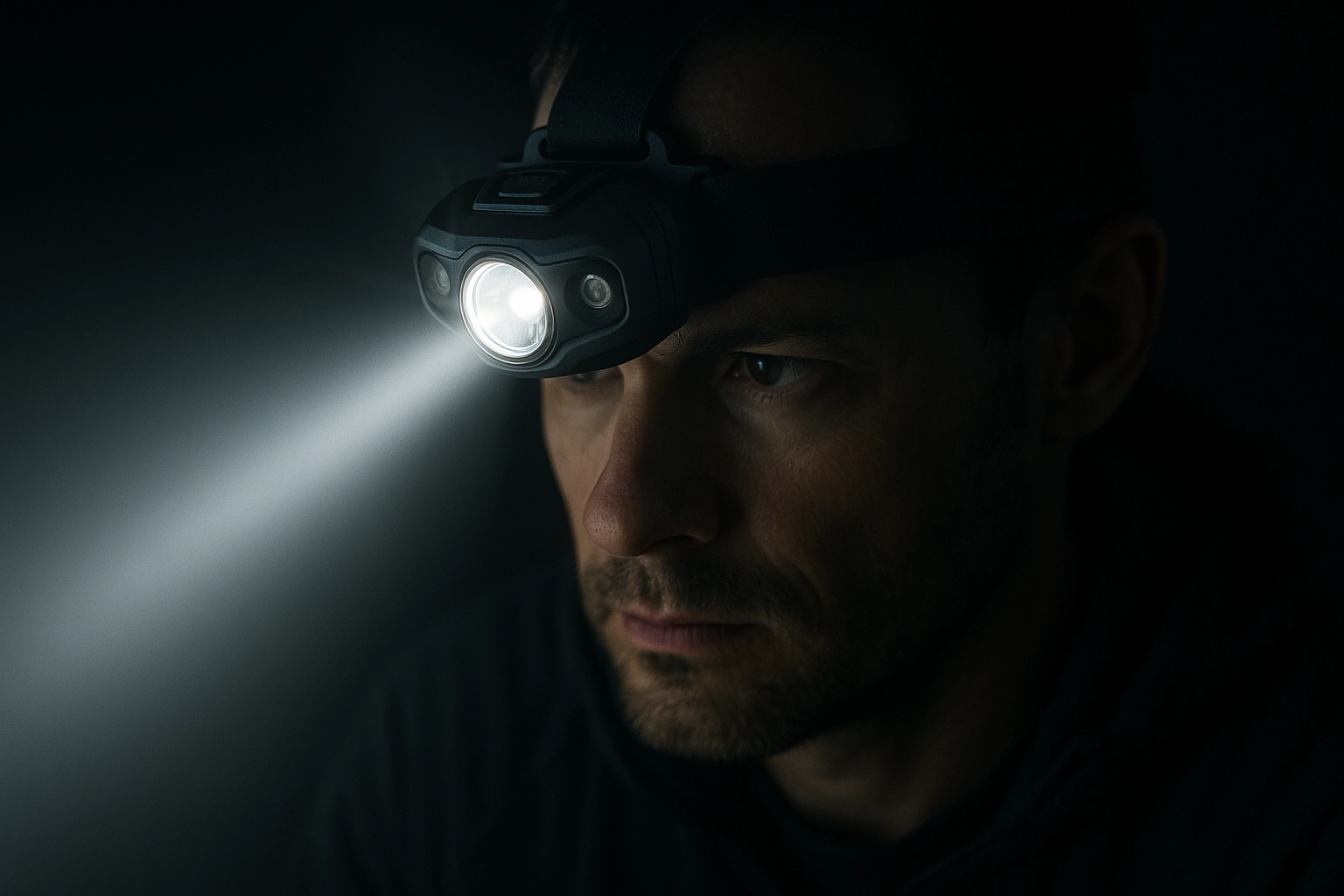GB 11564 – Vehicle Front Lamp Performance Testing
The GB 11564 standard is a critical part of China's regulatory framework ensuring that vehicle front lamps meet the specified performance requirements. This test evaluates the luminous intensity, color, and distribution of light emitted by both high beam and low beam headlamps. Compliance with this standard is essential for manufacturers aiming to ensure their products are safe and meet consumer expectations.
The testing process involves several steps, including lamp positioning, environmental conditions control, measurement setup configuration, and data acquisition. The standard specifies detailed procedures for these activities to ensure accurate and repeatable results. For instance, the test environment must be controlled at a specific temperature and humidity level, which can significantly affect the performance of the headlamps.
The GB 11564 standard also outlines acceptance criteria that determine whether the lamps meet the required standards. These include minimum luminous intensity levels for both high beam and low beam modes, as well as permissible variations in color temperature. Compliance with these criteria ensures that vehicles are safe during nighttime driving conditions by providing adequate visibility.
The test setup typically includes specialized equipment such as a darkroom chamber and measurement instruments capable of accurately measuring the light emitted by the headlamps. The darkroom chamber is crucial for eliminating external light sources, ensuring accurate readings. Measurement instruments like photometers play a key role in quantifying the performance parameters specified in the standard.
The test procedure requires meticulous attention to detail, including precise positioning of the lamps and alignment with the measurement equipment. This ensures that the data collected accurately reflects the actual performance of the headlamps under controlled conditions. The process is rigorous and involves multiple checks at various stages to minimize errors and ensure reliability.
Understanding the implications of non-compliance with this standard is essential for manufacturers. Failure to meet the specified criteria can result in product recalls, reputational damage, and potential legal issues. It also impacts consumer trust and satisfaction, which are vital factors in today's competitive market. Ensuring compliance through thorough testing not only meets regulatory requirements but also enhances brand reputation.
Moreover, GB 11564 aligns with international standards such as ISO and EN, reflecting global best practices. Compliance with these standards is increasingly important for manufacturers aiming to expand their markets internationally. It demonstrates a commitment to quality and safety, which are highly valued by consumers worldwide.
Why It Matters
- Mitigates risk of product recall due to non-compliance
- Enhances brand reputation through adherence to global standards
- Ensures consumer safety and satisfaction with adequate visibility at night
- Avoids potential legal issues related to product safety regulations
The significance of meeting the requirements specified in GB 11564 cannot be overstated. It is a key factor in ensuring that vehicle front lamps are safe, reliable, and meet consumer expectations. By adhering to this standard, manufacturers can avoid costly recalls and legal challenges while enhancing their brand reputation.
Why Choose This Test
- Ensures compliance with China's regulatory requirements
- Provides accurate and repeatable measurement results through controlled testing environment
- Maintains consumer safety by ensuring adequate visibility at night
- Supports global expansion efforts through adherence to international standards
The GB 11564 test is essential for manufacturers looking to ensure their vehicle front lamps meet the highest quality and safety standards. It provides a robust framework for testing that can be trusted to yield reliable results. By choosing this test, manufacturers demonstrate a commitment to excellence in product development.
Use Cases and Application Examples
| Test Case | Description | Outcome |
|---|---|---|
| High Beam Luminous Intensity Measurement | Measures the maximum light output of the high beam lamp under controlled conditions. | Evaluates the performance of the lamp in providing adequate visibility during nighttime driving. |
| Low Beam Color Temperature Check | Checks the color temperature to ensure it falls within the specified range for low beams. | Ensures compliance with the standard regarding the color characteristics that contribute to safe night driving conditions. |
| Application Example | Description | Outcome |
|---|---|---|
| New Model Launch | Conducting the test as part of the new model launch to ensure all headlights meet the standard before market release. | Achieves regulatory compliance and sets a benchmark for product quality. |
| R&D Innovation | Using the test results to refine lamp design and improve performance parameters. | Innovates and enhances the overall safety and reliability of vehicle lighting systems. |
The GB 11564 test has numerous applications, primarily in ensuring compliance with regulatory requirements. It is also crucial for manufacturers engaged in research and development to improve product performance. By following this standard, manufacturers can ensure that their products are safe, reliable, and meet consumer expectations.





